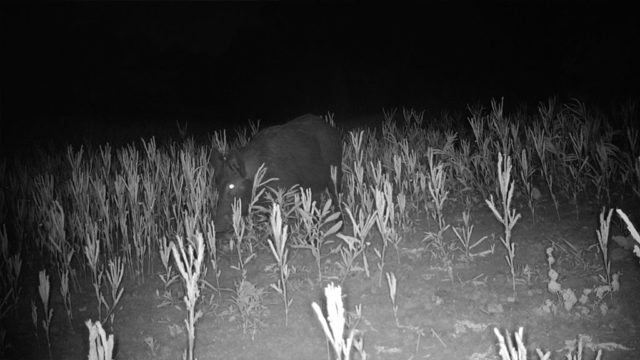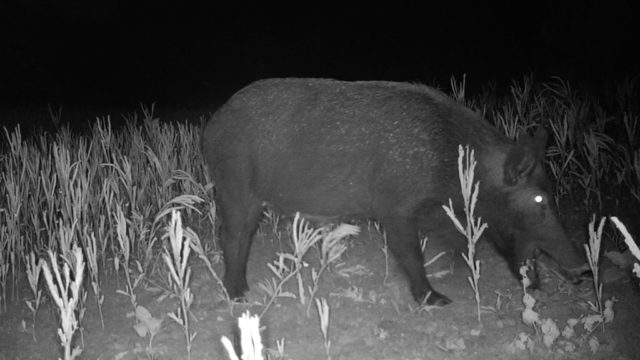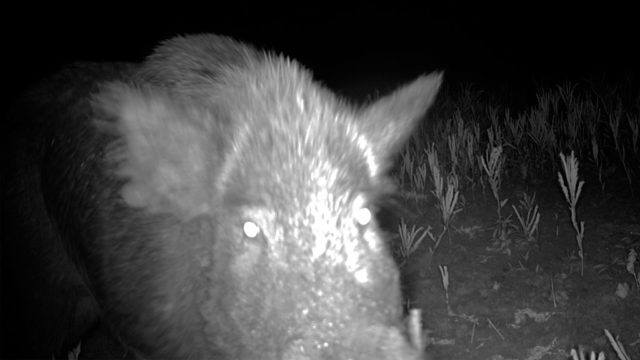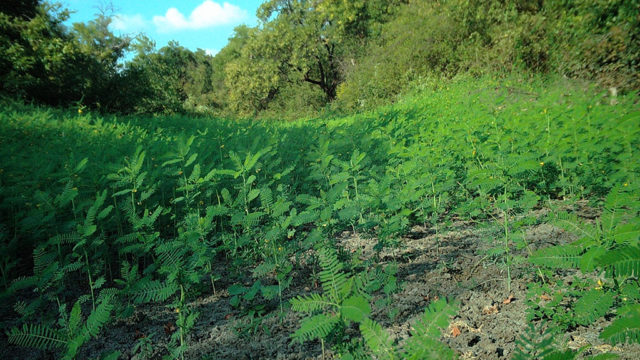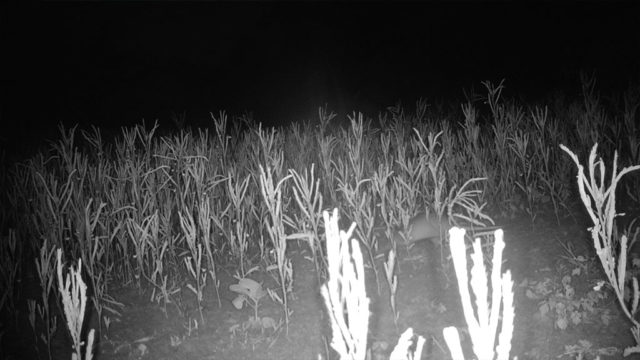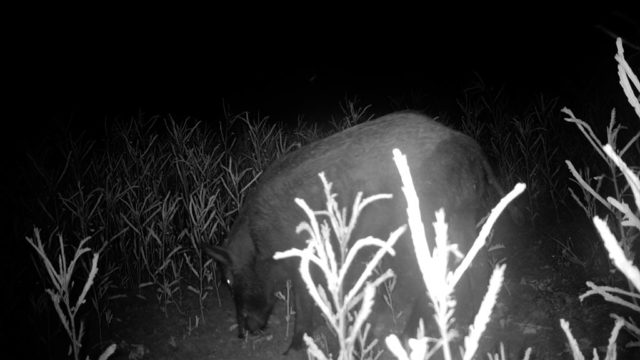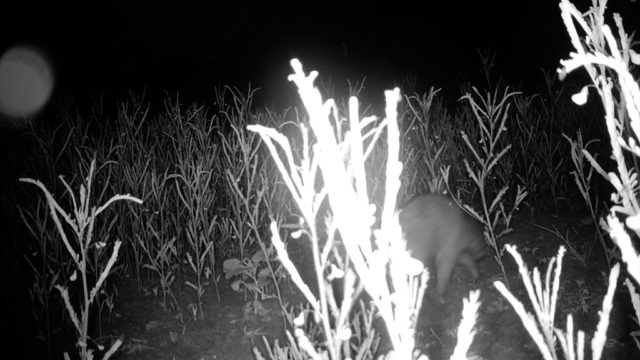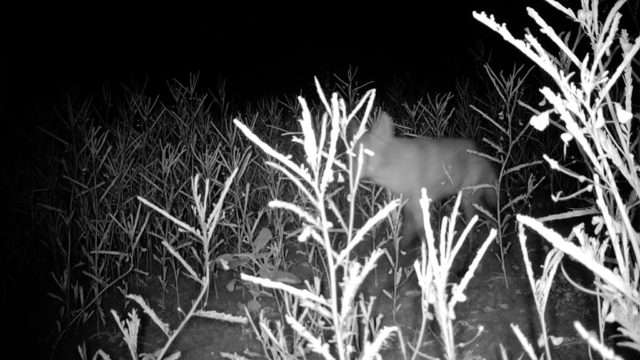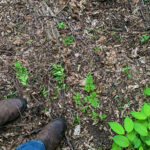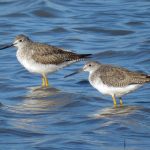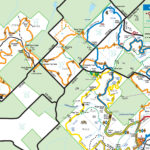Dateline – Summer 2019 – Dallas County

I stumbled across this hard-packed and well-traveled small game trail on the banks of the Trinity River deep in Dallas County. The trail started at the place where the steep black-clay bank met the water. It led up from the river, following a 20 foot vertical into a dense region of bottomland woods. From there the path cut across a small grassy meadow, before terminating in cattail-ringed borrow pit lake on the flood plain.
This neat little game trail was as well defined as any I had seen. Surely, this was a very busy wildlife thoroughfare. Moreover, with the cover provided by the vegetation near the river, this would be a perfect spot for some discreet trail camera work–except for one little thing…
There at the base of the river bank, tied up at the exact spot where the game trail met the water, was a small flat-bottom boat. I had to wonder, with literally hundreds of miles of Trinity River bank running through the Dallas/Fort Worth, why was a boat left was here in this remote location–at the exact place where I wanted to set my trail camera? What were the odds?
The answer, it turns out, is simple… Whoever left this boat behind preferred this spot for the exact same reason the critters who made the game trail did. Specifically, this was an obvious and convenient place to depart the river. A shelf of dry earth extended into the river here, its low end shallowly submerged in a way that created a gently sloped ramp leading out of the water. Black-clay river banks can be treacherously slippery, and this flat area of dry land made exiting the water much more manageable. The boat folks–and the river critters–readily recognized this.
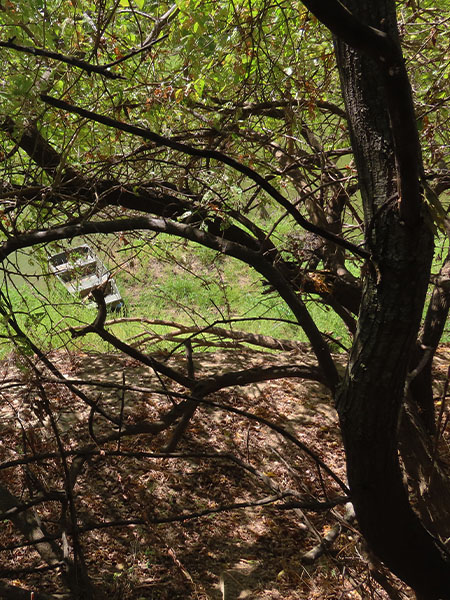
The reason the boat was left at this spot was an easy riddle to solve. But, the reason why the owner NEEDED to abandon the craft here was not as obvious. Nefarious or innocent, I was not entirely comfortable leaving a camera behind. I wavered a number times before making the decision. In the end, I judged that with well considered placement, a camera could be left without risking discovery, theft, or intruding on the activities of the boat owner.
I set the camera mounted on a tree just inside the wooded stretch of the game trail. The spot I picked had a commanding and closeup view of the path, and was well concealed by forest vegetation. I left it to run for the long term.
When I returned a few weeks later, I was pleased to find the rowboat long gone and my trail camera undisturbed, still right there where I left it. I quickly retrieved the camera, eager to have a look at the pictures and video it had recorded.
Reviewing the recordings at home, it quickly became obvious that Beavers were making the most frequent use of the trail. Several of the big rodents would leave the river at night, climb the steep bank, cross the small meadow, and enter the borrow pit lake–presumable to feed. Just before dawn, they would make the return trip. Surely it was the Beavers who pioneered the creation of the route for this very reason–the borrow pit offered sustenance, while the river provided refuge and safety.
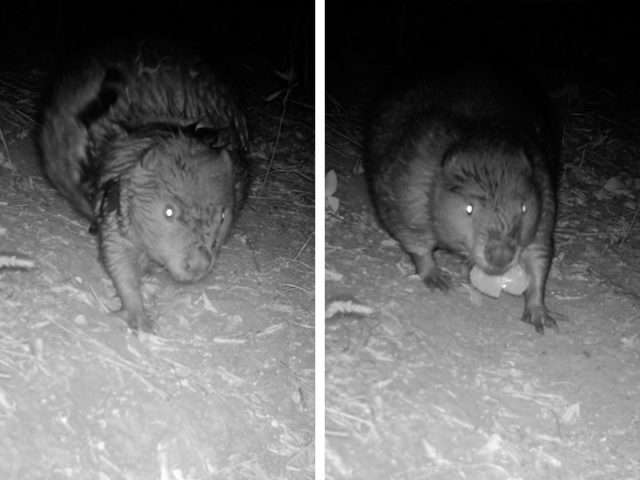
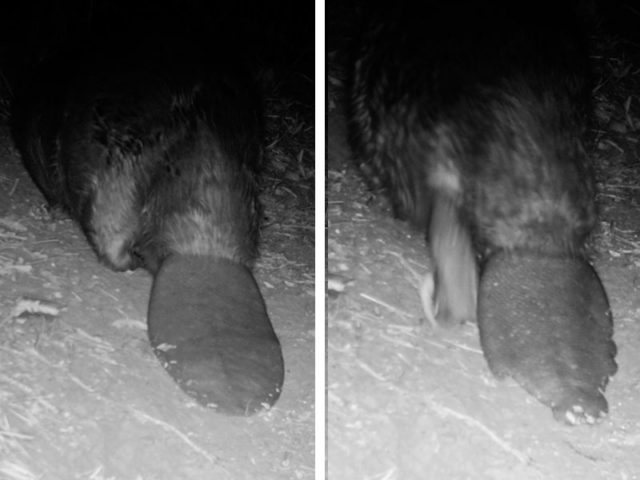
Notice the condition of the tail on the right… this Beaver has seen some action!
After the Beavers, it was River Otters that were perhaps the most notable critters using the game trail. A family group of six otters would make the transit once a week or so, always putting on a good show for the camera when they did.


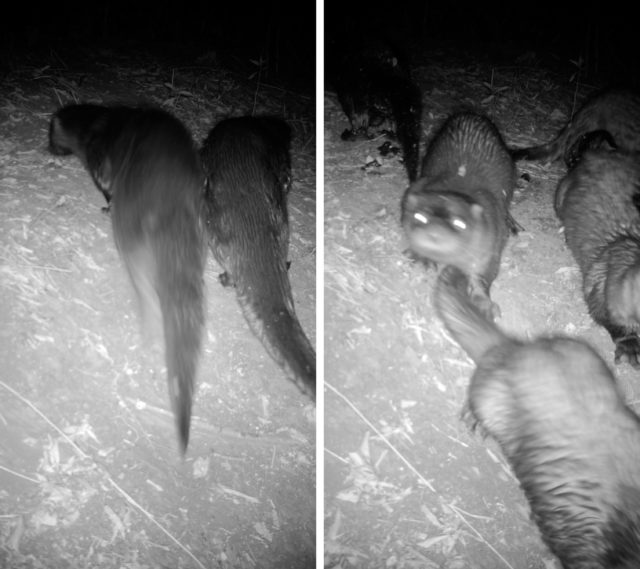
See the video below for more…
Because animals prefer a path of least resistance–just as most people do–this little game trail was also accessed by nearly every other small critter in the forest. Everything from Raccoons and Opossums to mice and even Southern Leopards Frogs were recorded following the path in and out of the woods.
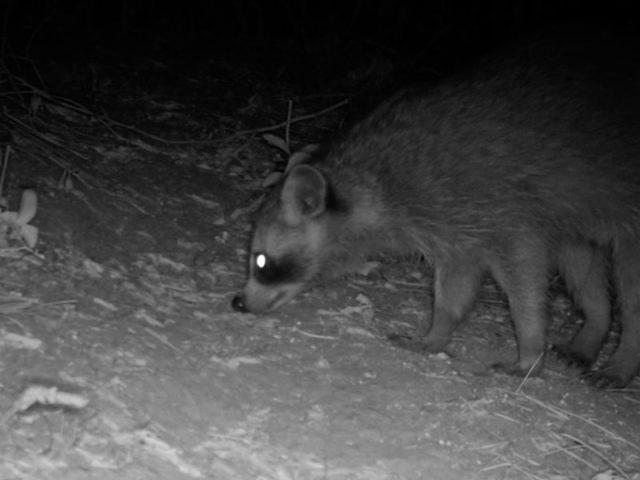


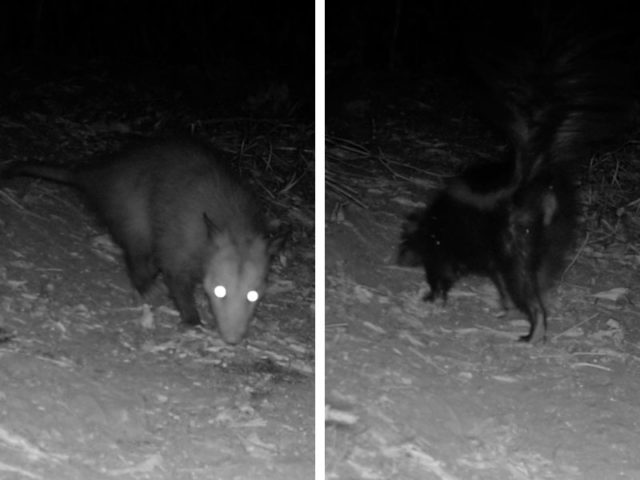
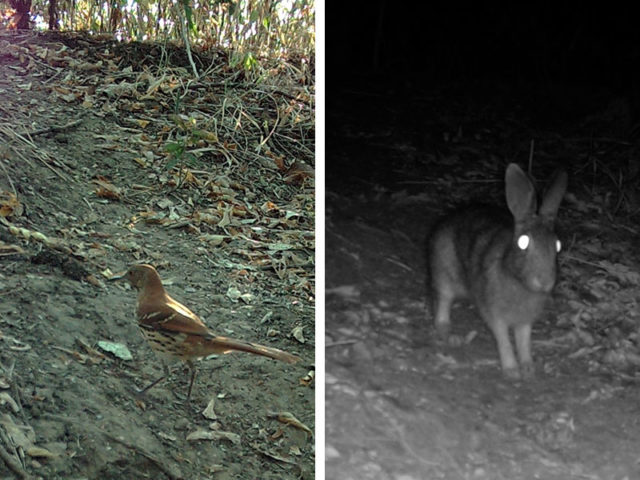

The busy little game trail was not the only place of interest in this general vicinity of the woods. Back behind the borrow pit was another interesting spot tucked deep in the woods. This broad intermittent stream bed held deep murky water all through the rainy spring and into the summer. But by August the intense Texas heat had evaporated it all away, leaving behind a large exposed mudflat to bake in the sun.
Soon afterwards came the Partridge Peas–a common pioneer plant on the rich soils of dried stream beds. These fast growing plants thrive in places like this, where they provide cover and browse for a wide variety of the forest animals. As you look through the following pictures, make note of the rapid growth of the Partridge Pea plants. This plant is also sometimes called the Sleeping Plant… Notice in the pictures the way their leaves close up at night, and open again with the coming of sunrise.

